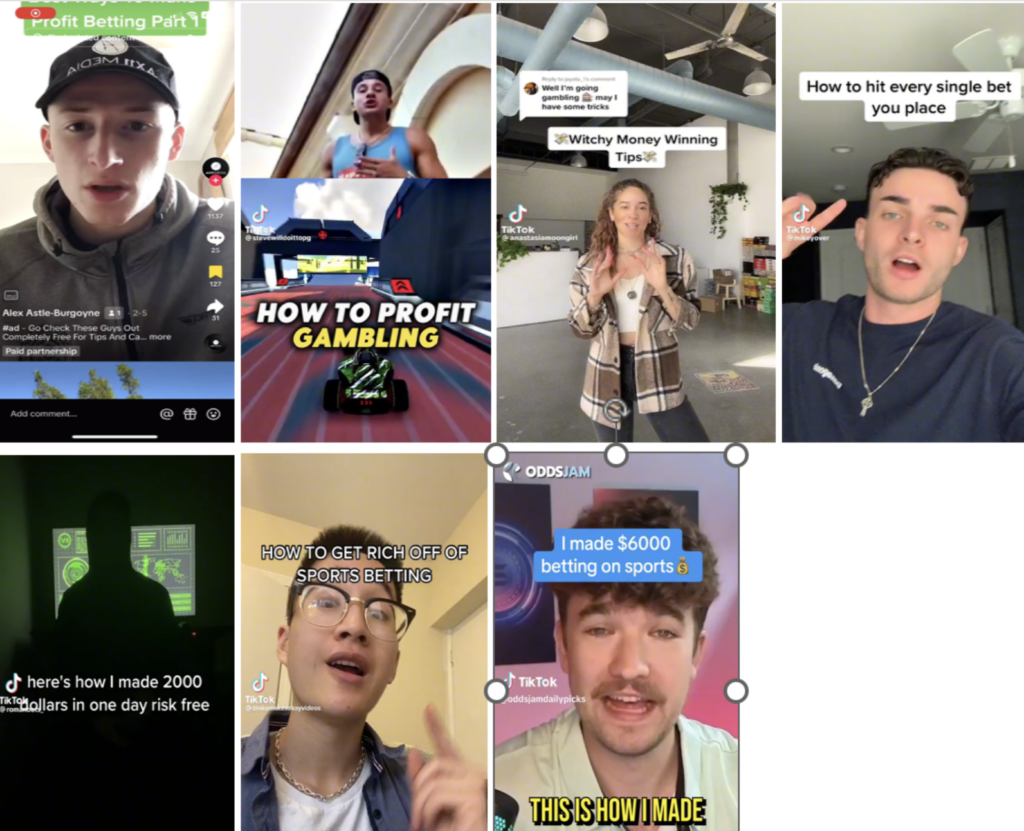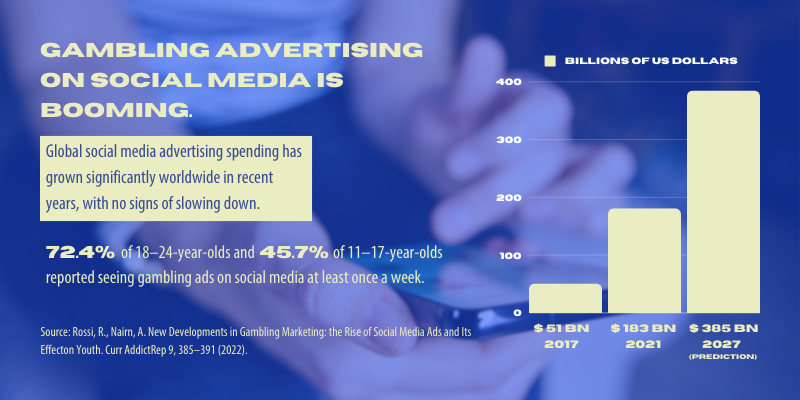
Indirect gambling advertising is when gambling companies promote themselves in less obvious ways. Instead of showing clear ads like ”Come gamble here,” they might sponsor influencers, streamers, or sports teams, or place their logos on popular things like clothes, games, or streams.
For example, if a streamer you watch is playing a game on a gambling website, they might not say ”This is an ad,” but the company is still being promoted. It makes gambling look fun or cool without directly saying you should try it. This can make people curious about gambling without realizing they’re being advertised to.
One reason online gambling platforms are becoming more popular is because of online streaming. There are many popular streaming platforms where millions of people gather to watch content created by various streamers. A large portion of streamers’ content features them playing video games or just chatting with the viewers.
However, many content creators also stream themselves gambling online. This kind of content is quite popular, and it is not age-restricted. This makes online gambling appealing, and more people want to try it. There are also streaming platforms funded by gambling companies.
This is called indirect advertising
Test your ability to recognize indirect gambling advertising:
The online environment amplifies these risk factors mentioned in the previous chapter through:
- new forms of advertising
- limitless availability of gambling opportunities
Social media provides new forms of advertising since:
- Social media users are not only the recipients of content
- Users are also content creators and distributors by inventing, sharing, commenting or liking posts
Gambling Advertising on Social Media is Booming! Global social media advertising spending tripled:
- $ 51bn in 2017 – $183bn in 2021 & predicted to be $385bn by 2027
- 72.4% of 18–24-year-olds & 45.7% of 11–17-year-olds reported seeing gambling ads on social media at least once a week (according to a study in the UK)
The Problem:
Extremely high exposure to gambling ads which….
(besides being illegal for minors, it is usually also out of parental control)
- Normalize gambling
- Gives wrong impression and misinformation about gambling
Repeated exposure to a stimulus leads to an increasingly positive attitude towards this stimulus (Mere-Exposure Effect)
- Means that whether or not individuals report noticing such adverts, high exposure builds subconscious positive relationships to advertised content
- Awareness of gambling opportunities rises
Social media ads are classified into:
- Paid-for advertising (direct advertising): allows precise targeting of consumers based on demographics or shared information. The number of people who will see these ads largely depends on ad spending. It tends to focus on conventional advertising content with a specific selling proposition or call to action.
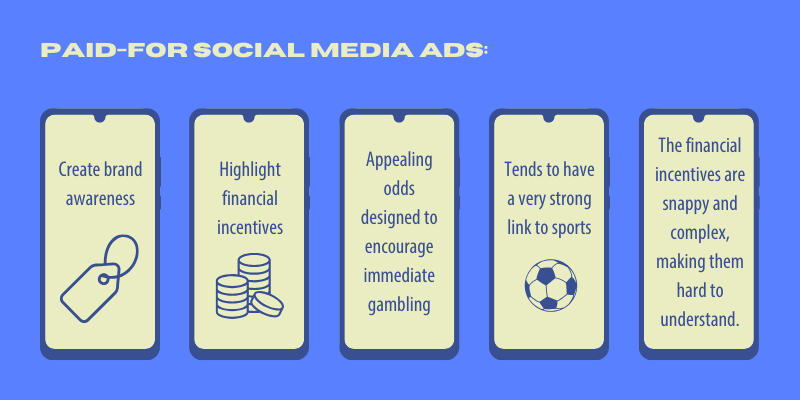
and..
- Organic advertising (indirect advertising):
Depends on highly appealing content that individuals will want to share across their networks. It´s a call to distribute rather than a call to buy
Paid-for social media ads:
- Create brand awareness
- Highlight financial incentives
- Appealing odds designed to encourage immediate gambling
- Tends to have a very strong link to sports
- The financial incentives are snappier (thus quickly appealing) and complex ->hard for young people to truly understand
Organic social media ads:
These are the new objectives of modern advertising strategies! Here, the organic social media reach depends on the number of..
- Followers the brand has
- “Shares” or
- “Retweets” a post achieves
➡️These metrics have to be “earned” by way of content creativity:
- Good content will be shared or even go viral
- Disseminates the message into completely new audience networks
- Focuses on shareability
➡️It’s most important features:
- Aims to engage current and potential consumer bases with content not necessarily related to the product or brand
- It´s about developing stories that inform, entertain and compel customers to act (without actually telling them to).This could be:
- Posting competitions
- Creating memes…
- Anything goes as long as it makes the user feel good and gets them to share the ad
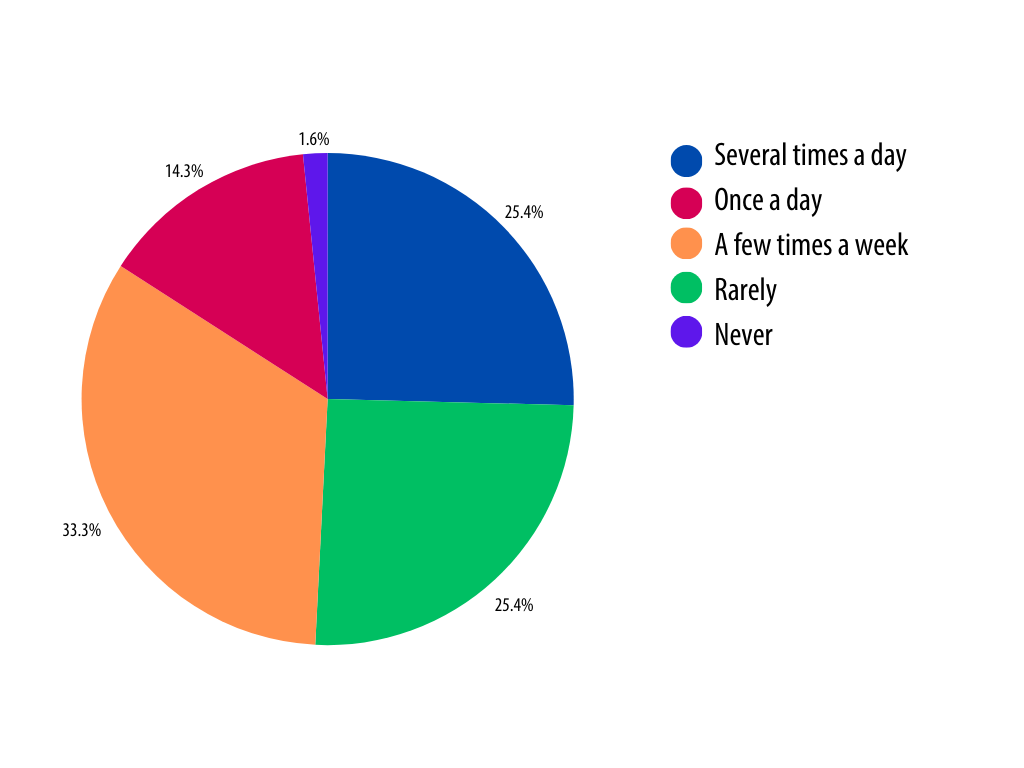
Above you will find some results of a survey from Autumn 2024 on young Finns’ experiences on gambling content in social media. 73% is exposed to gambling content on a regular basis: One third (33,3 %) is encountering gambling content several times a week, approximately a quarter (25,4%) several times a day and 14,3 % about once per day.
In a another question, about three quarters of all respondents have come across a celebrity, pop star, or an influencer online speaking positively about gambling!
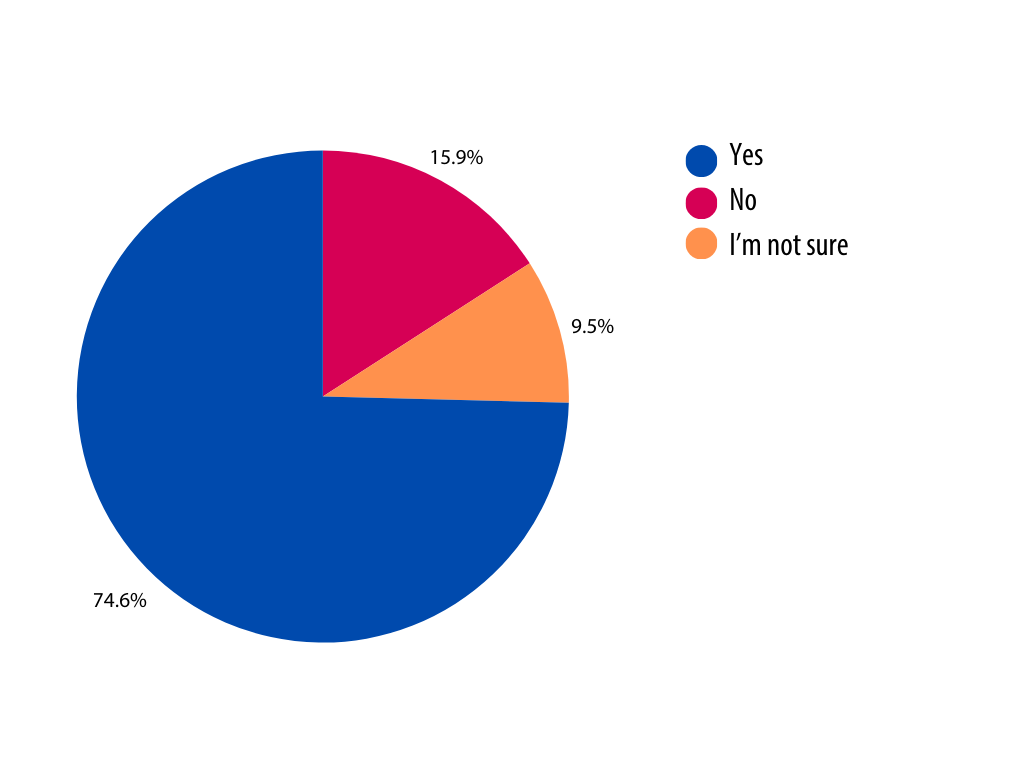
How to detect gambling advertising?
Social Media Gambling Advertising often tries to disguise itself, but the message is usually:
- Gambling is fun, innocent & harmless
- Easy & quick to make huge amounts of money
- No harms (free spins/money back etc)
- You will only win!
- Everyone else does it too
- Winning is just a matter of luck
- If you keep gambling, you will eventually win
- If you stop you will miss out on the win
- There are tricks and skills in gambling
- Become a hero with gambling
- The operator cares for you “gamble responsibly”
This is how it looks:
